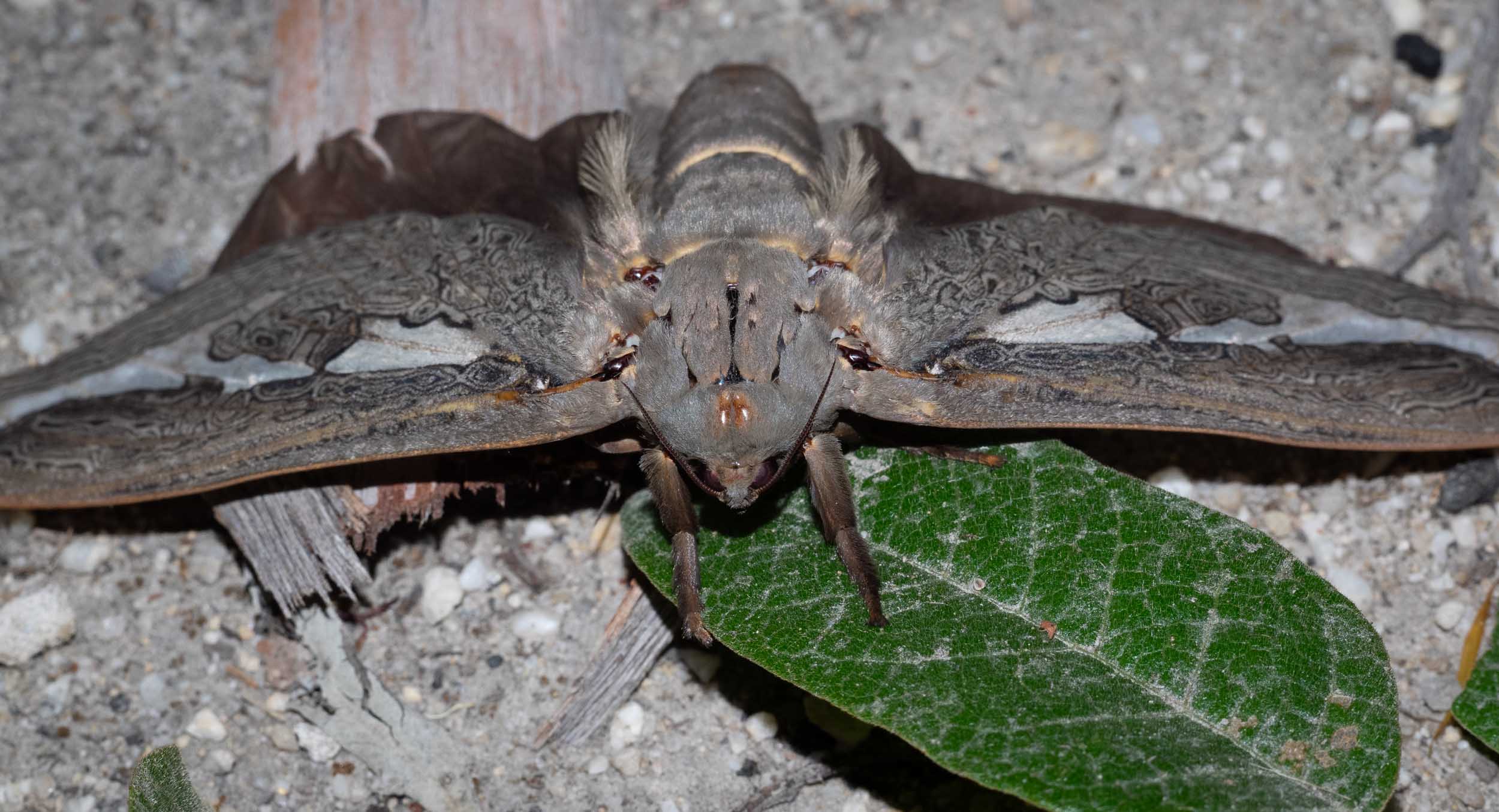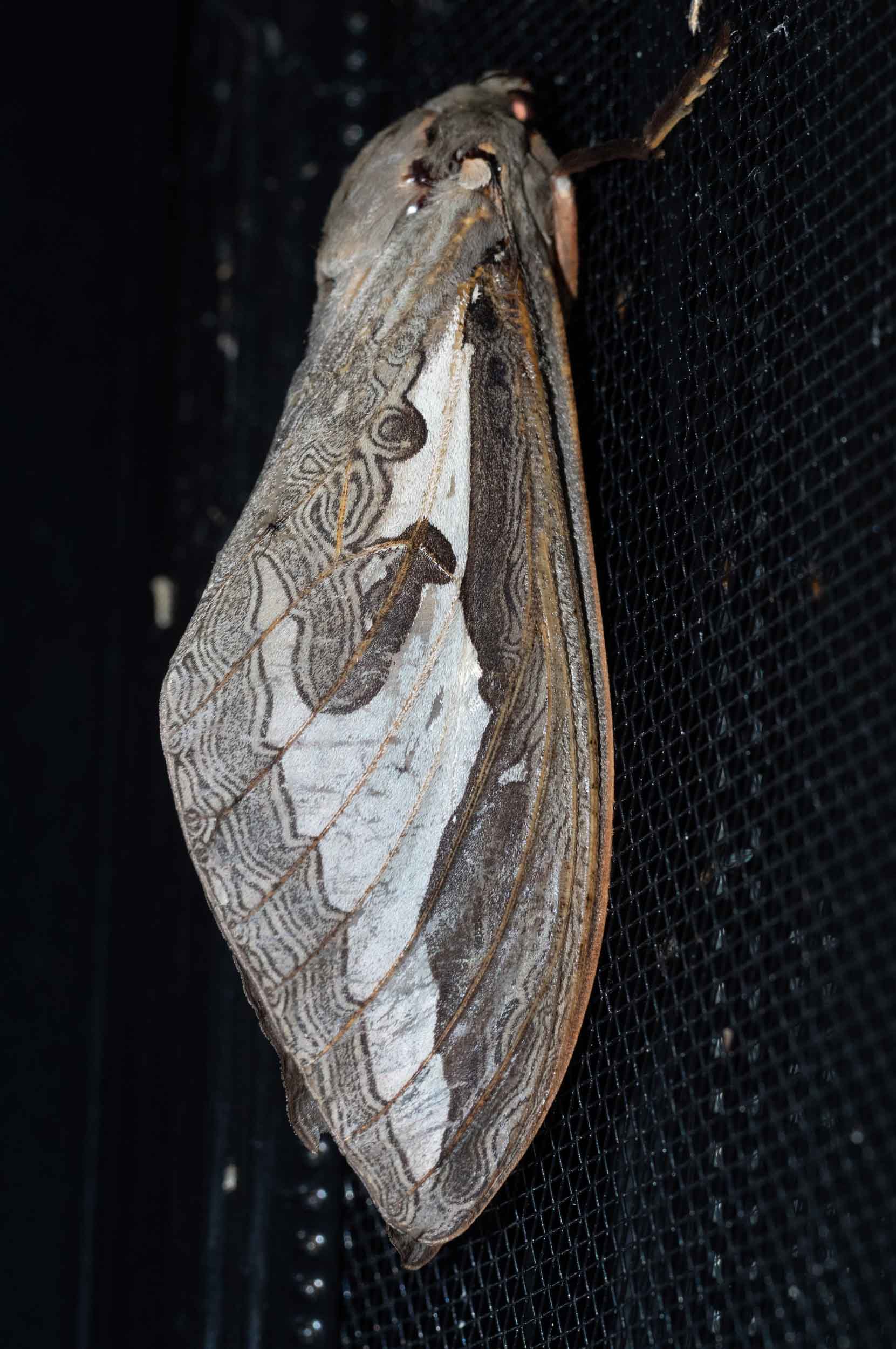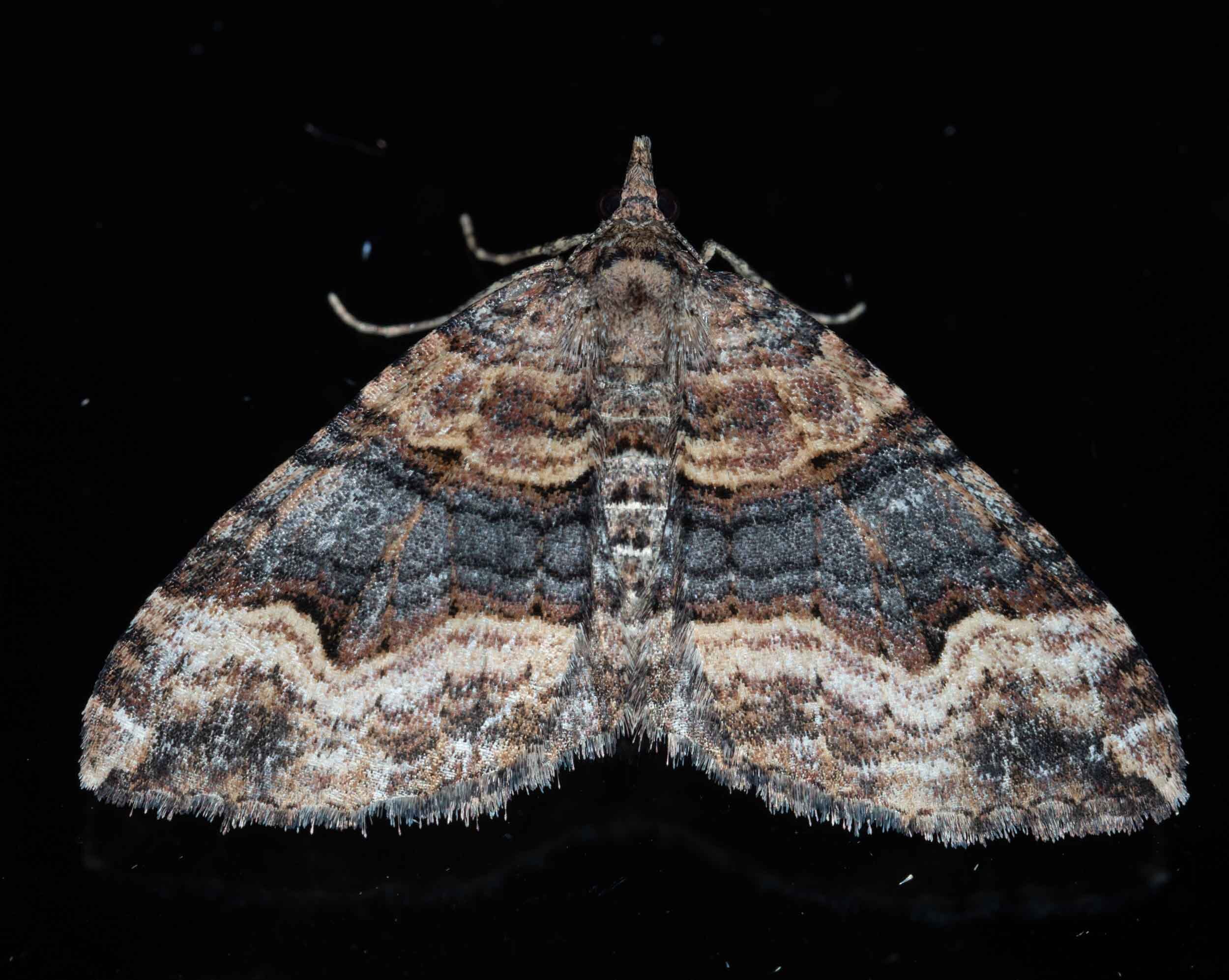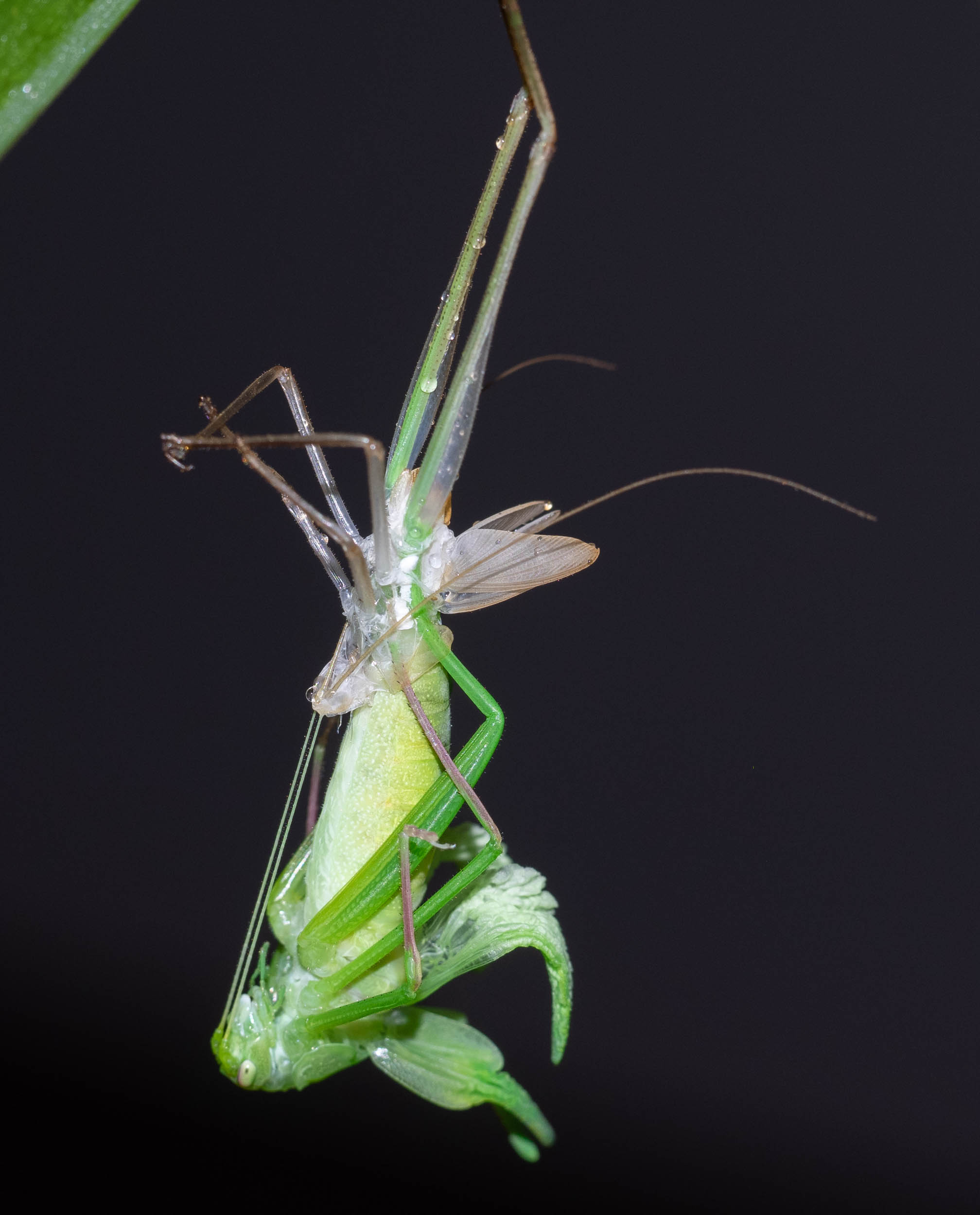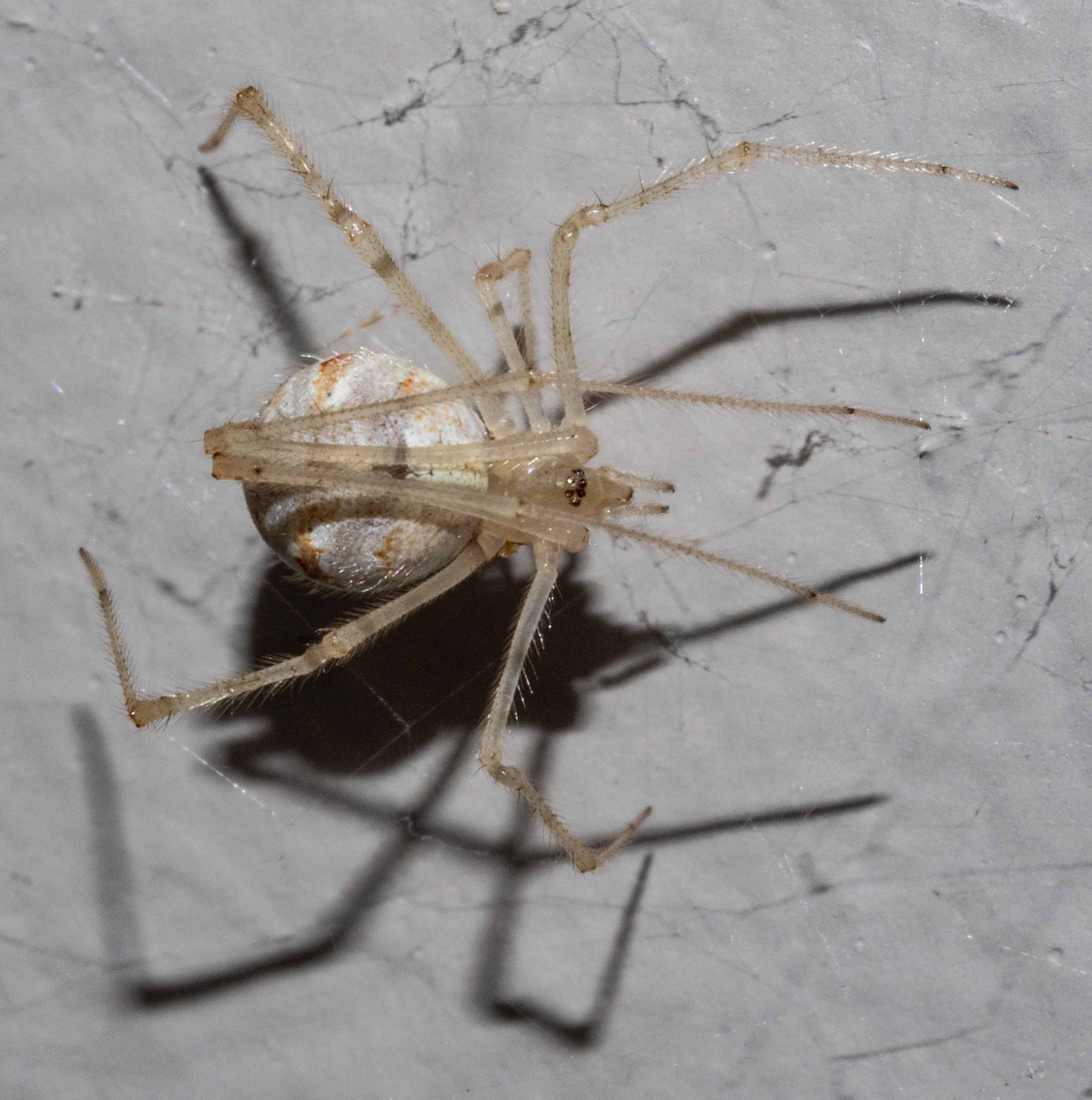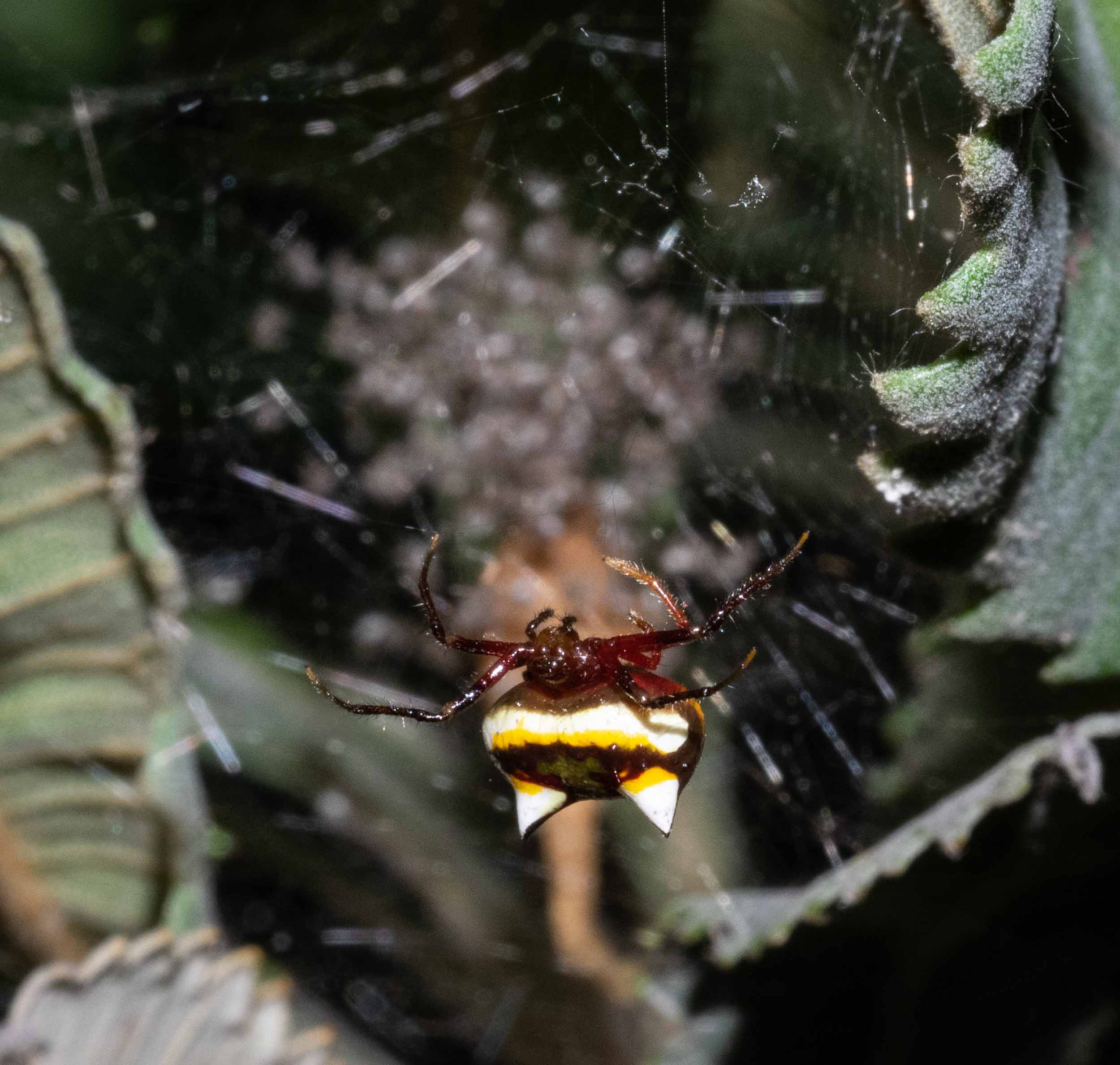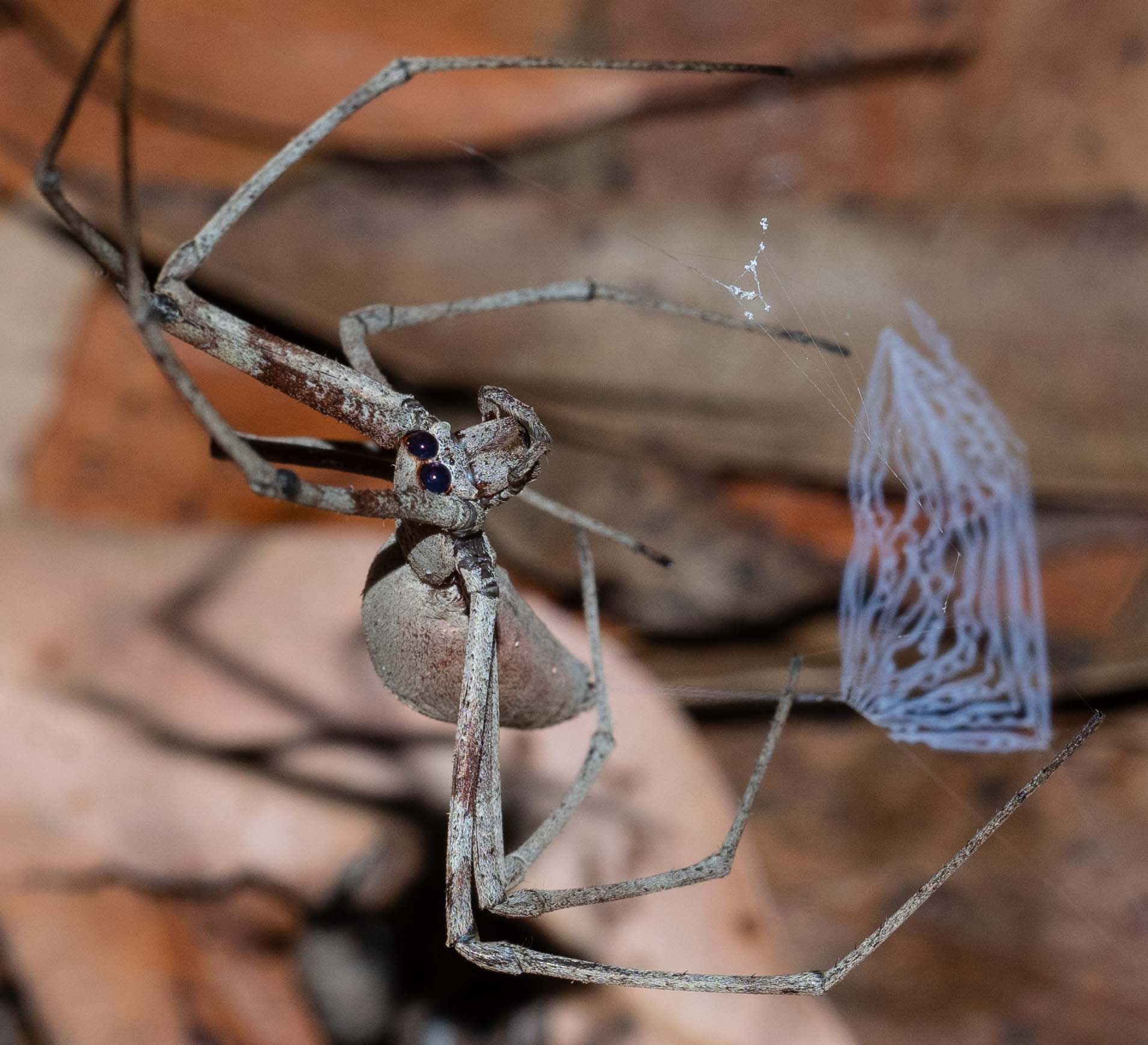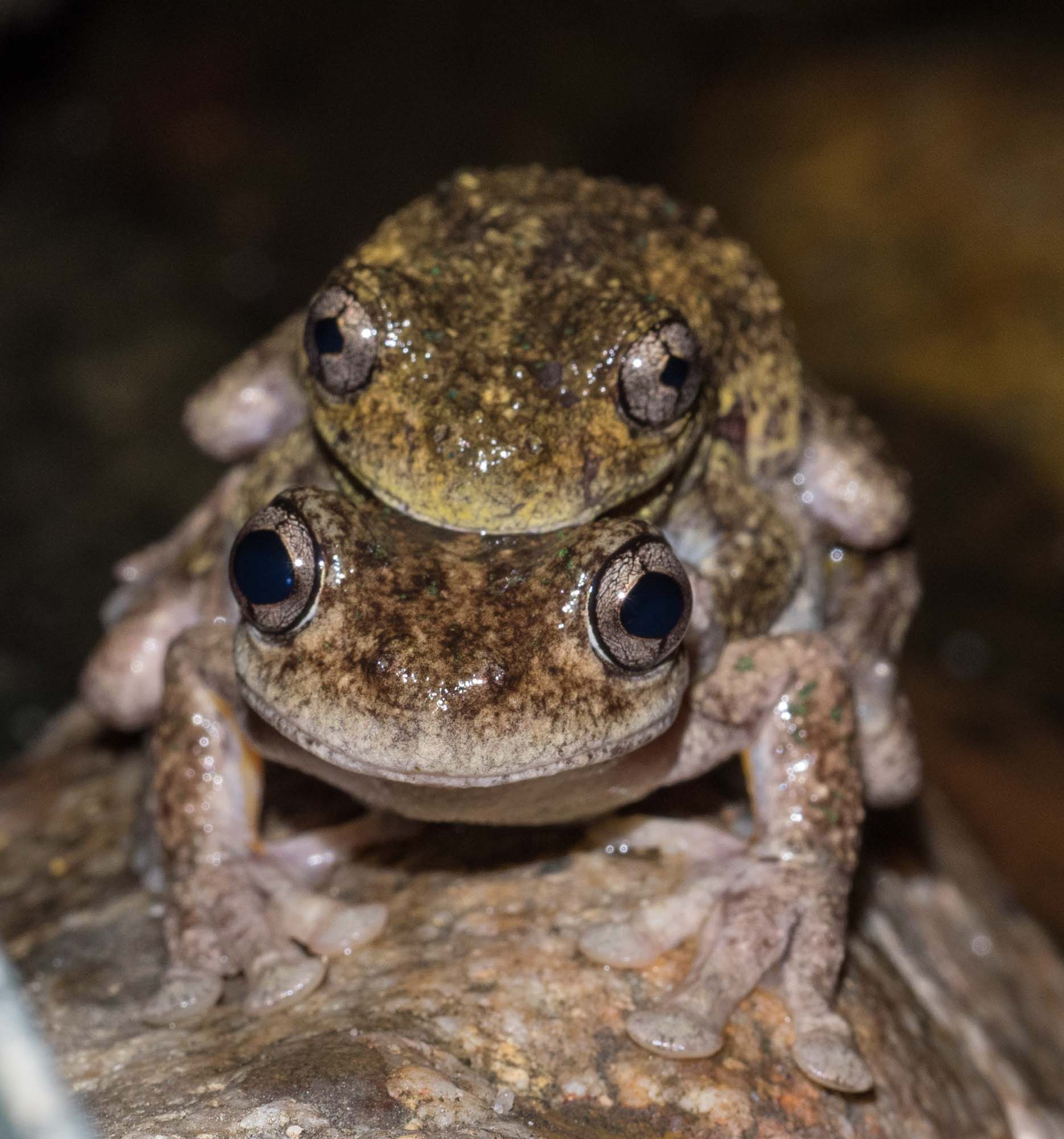Ghost moths take flight
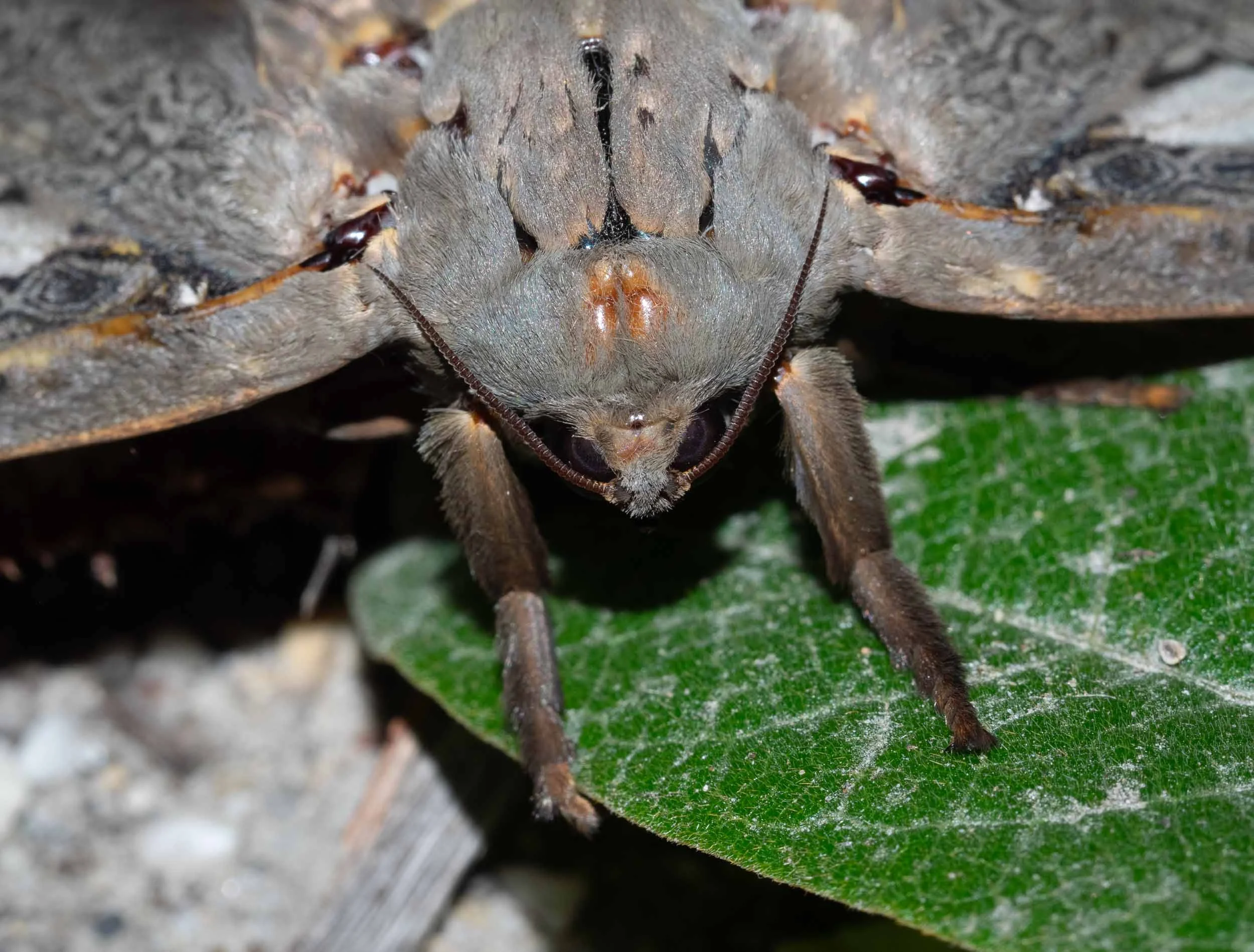
At this time of year, on dark and rainy nights, large moths are drawn to the house lights. And we’re drawn outside to investigate. Again it’s the ghost moths stealing the show.
a large ghost moth (5/3/19)
Hepialidae is an old family
Ghost moths - family Hepialidae - are an ancient group. They arose early in the evolution of the Lepidoptera … more than 100 million years ago, when dinosaurs were still the apex predators and our continent had not yet broken away from Gondwana.
Ghost moths display some primitive characteristics. Unlike most other moths and butterflies, ghost moths don’t seek out particular host plants. Females produce huge numbers of eggs and simply drop them on the ground.
Species identification is tricky. Despite having looked closely at ghost moths before, I still struggle with identification to species level.
The most spectacular ghost moths this month: Abantiades
Resting briefly on the ground, having been attracted to the house lights (5/3/19). FL 65mm
It’s tempting to call any ghost moth with an elaborate pattern of swirling markings on the forewing ‘Abantiades’.
The genus Abantiades is endemic to Australia. The caterpillars live in underground burrows, feeding on tree roots. Their peak flight times are between January & March, often after rain.
Forewing length (FL) 36mm; 5/3/19; Abantiades … ?
The wings of many ghost moths are highly patterned, yet these patterns can be misleading. Individuals within a species can have very different markings, or even no markings at all. And the wings of several genera display such intricate artwork.
The images below show five different individuals, attracted to the house lights between 3rd & 5th March, during the dark of the moon. Their patterns differ and so does their size. Yet I’m now thinking that they’re all Abantiades, and perhaps all belong to a single species: Abantiades labyrinthicus. But I may be wrong.
This surprising range of sizes is consistent with Simonsen’s description for the Abantiades labyrinthicus: forewing length 25-56mm in males, and 53-87 in females. I’ve assigned a sex to the moths above, based on the size and also the wing shape. Females have a wider forewing than males.
The larvae of Abantiades labyrinthicus are believed to feed on roots of Myrtaceae.
Abantiades labyrinthicus is indeed reported to be relatively common in our region.
So are A. hyalinatus and A. latipennis. However, A. hyalinatus is distinctly ochre coloured, and A. latipennis tends to favour wet forests.
Extract from Simonsen, page 74, describing the species Abantiades labyrinthicus
Another Abantiades: the mustard ghost moth
We also saw a single, mustard-coloured ghost moth amid the many ‘labyrinthine’ moths.
The colour of the forewings, plus the strongly purple hind wings and body, make me think this is Abantiades hyalinatus.
Interestingly, we did see several of these a month earlier. Also during the dark of the moon, and also after rain.
A less spectacular, smaller cousin – Elhamma australasiae
Among the Abantiades we’ve been seeing other ghost moths. They’re generally smaller and without the elaborate wing markings.
Elhamma australasiae is another highly variable species of ghost moth, and common in the forests of the south-east.
Elhamma males are smaller and also very different in appearance to the females.
A classic revision of Australian Hepialidae was published by Tindale back in 1935. Tindale described the colour range in detail, based on 128 males and 78 females collected primarily from NSW and Victoria. He cited fellow entomologist CGL Gooding as noting that “this species comes sparingly to lights at Moe, in company with Abantiades hyalinatus.”
Well that certainly fits with our observation here!
Tindale worked at the South Australia Museum for many years, and published numerous entomological revisions. He is better known, however, for his controversial ethnographic work with Indigenous Australians (see Wikipedia for overview).
More night life
It’s not only moths that are drawn to our house lights. We often find katydids and crickets on the windows at night, along with various hunters, small and large.
References
Kallies, A. 2015. Moths of Victoria, Part 6: Ghost Moths - Hepialidae and allies. Entomological Society of Victoria, Brunswick. (order details here … not expensive and worth every cent!)
Mitter, C., Davis, D.R. & Cummings, M.P. 2016. Phylogeny and evolution of Lepidoptera. Annual Review of Entomology. 62: 265-83
Simonsen, T.J. 2018. Splendid Ghost Moths and Their Allies: A revision of Australian Abantiades, Oncopera, Aenetus, Archaeoaenetus and Zelotypia (Hepialidae). Monographs of Australian Lepidoptera, Vol. 12. CSIRO Publishing, Clayton South.
Tindale, N.B. 1935. Revision of the Australian ghost moths (Lepidoptera, Homoneura, Family Hepialidae). Part III. Records of the South Australian Museum (Adelaide) 5: 275-332 (available free from BHL)

